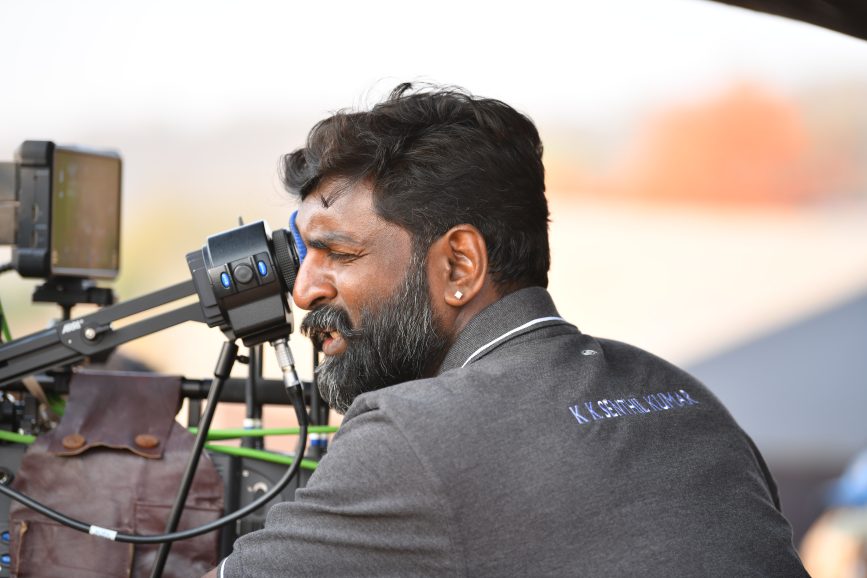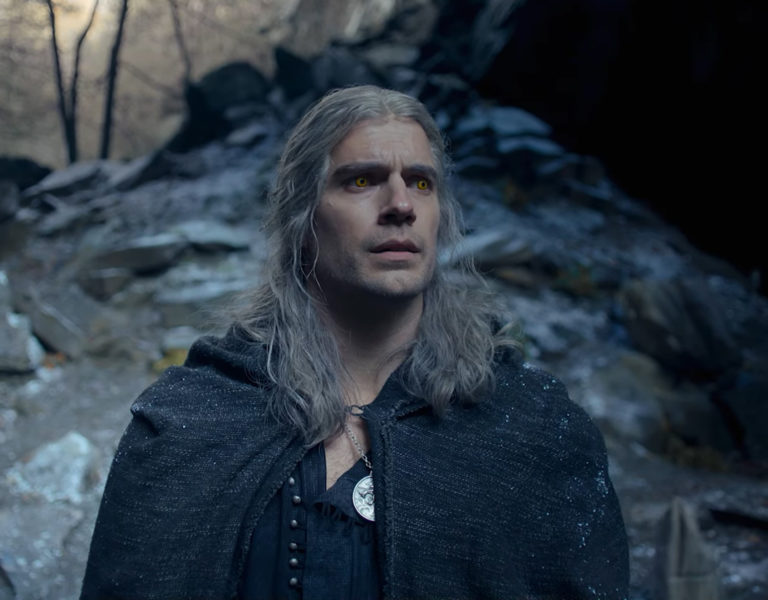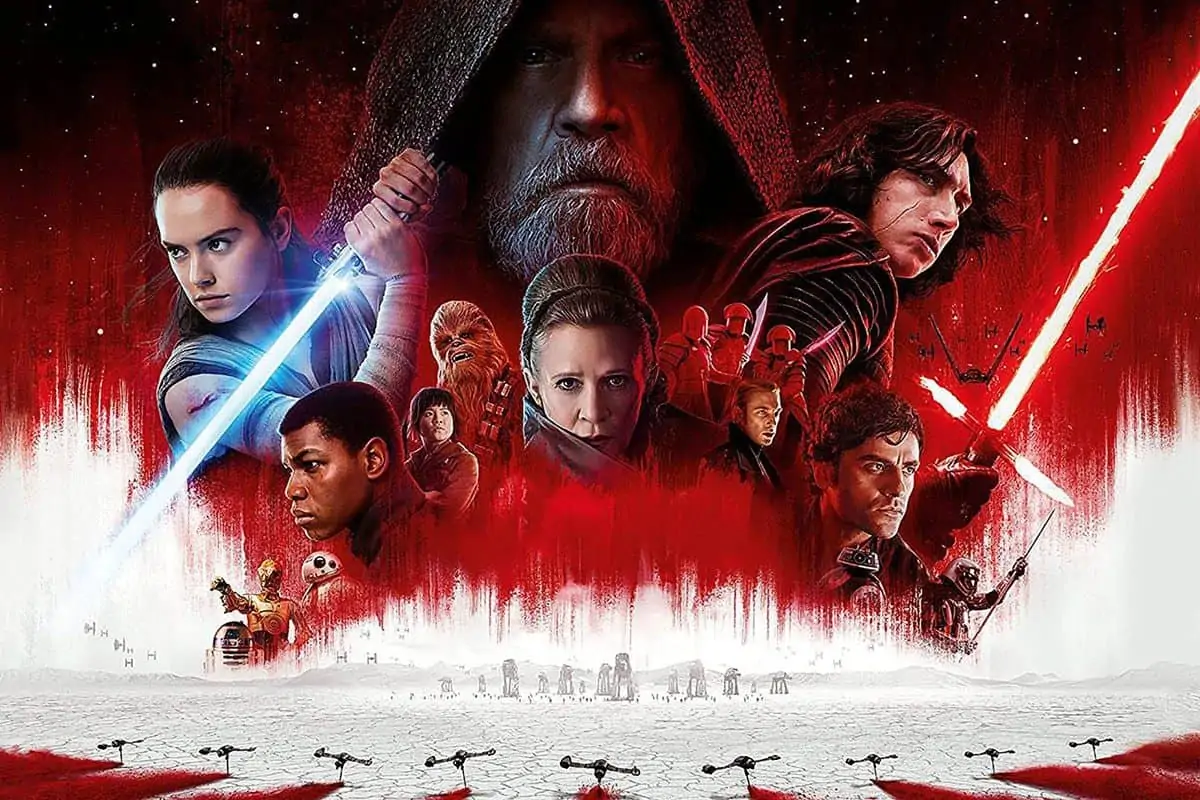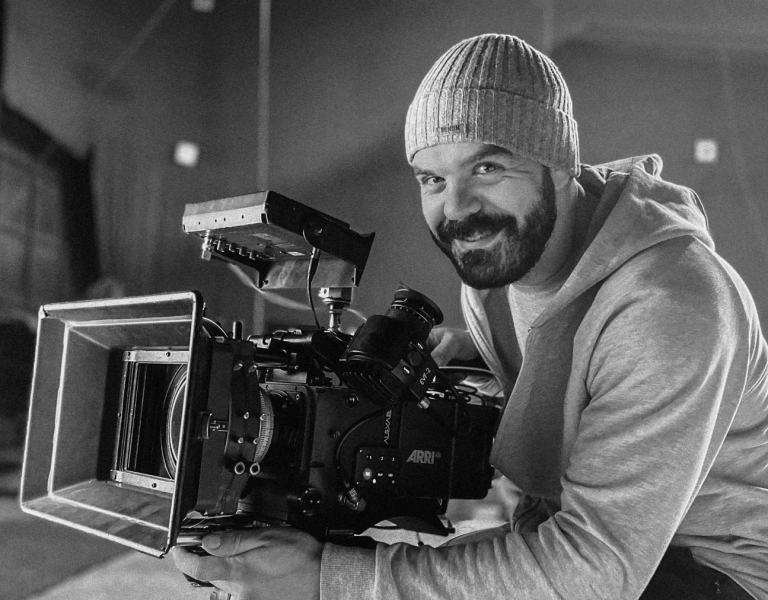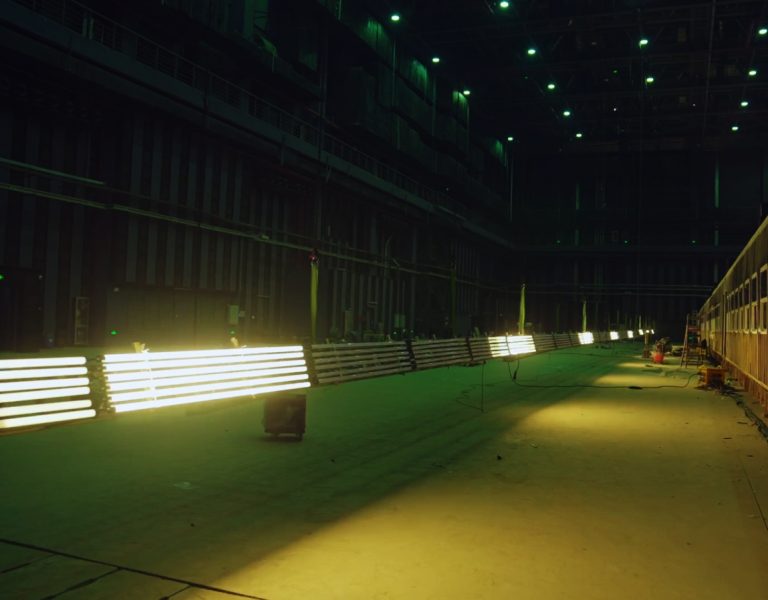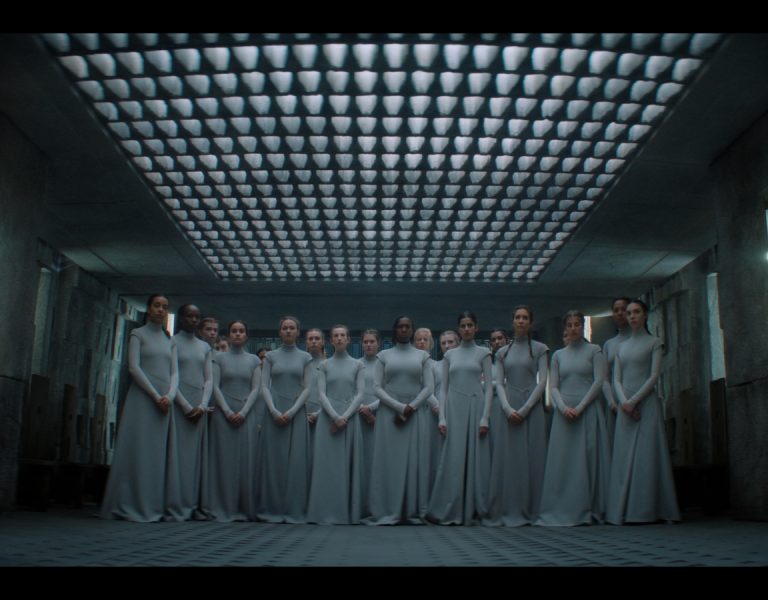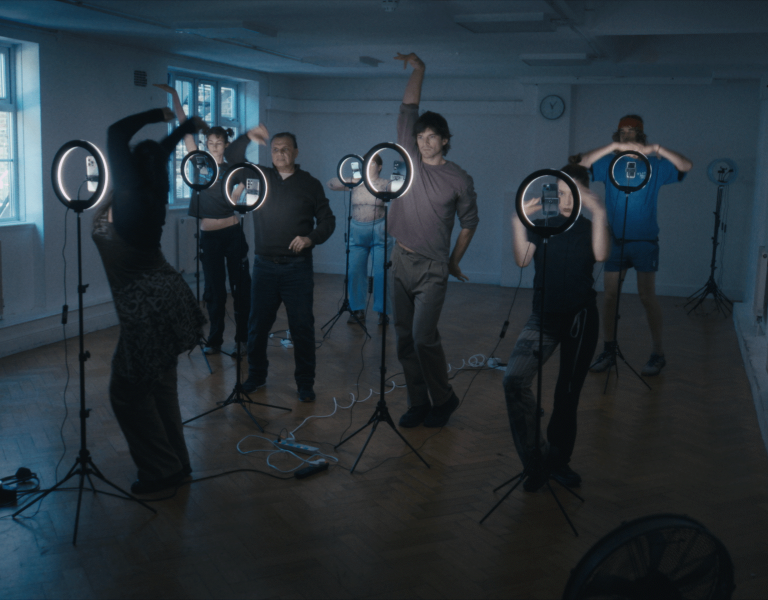THE REVOLUTION WILL BE TELEVISED
Delve into the artistry and technical mastery that brought to life RRR‘s most memorable sequence – the fiery encounter between the two protagonists – through the innovative use of miniatures and fiery lighting effects from K.K. Senthil Kumar ISC and his team.
In RRR, the story of two of India’s revolutionary leaders, Komuram Bheem and Alluri Sitarama Raju, unfolds through the masterful visual storytelling of their unforgettable first encounter. Portrayed by Indian superstars N.T. Rama Rao Jr. and Ram Charan, Bheem and Raju’s meeting occurs around 40 minutes into the film during a daring rescue mission to save a fisher-boy trapped in a river below a burning bridge. This cinematic scene skilfully intertwines the elemental forces of fire and water, which symbolise the two heroes, creating a breathtaking and emotionally charged tapestry of light and shadow. This cinematic moment is a true masterclass in cinematography, capturing the audience’s imagination and leaving them eagerly anticipating the narrative to come.
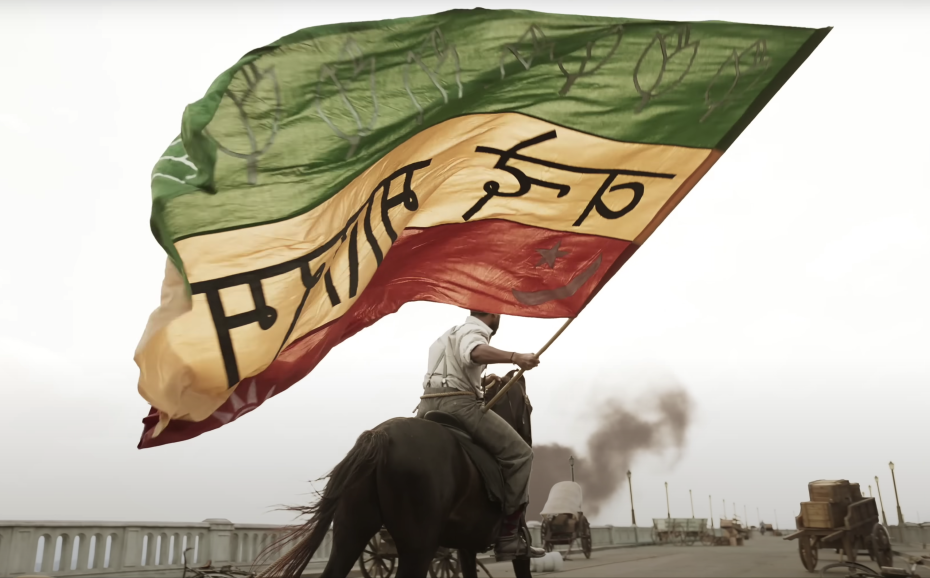
Capturing this pivotal scene demanded intricate planning, including previsualisation, storyboarding, and numerous mock shoots, all underpinned by a deep-rooted spirit of collaboration. We held extensive meetings with the director, production designer, action directors, special effects team, VFX team, and miniature team. This collaborative synergy, present from the writing stage to the final capture, enabled the successful execution of a complex and demanding sequence.
To facilitate a smoother shooting process for the entire team, the sequence was divided into multiple smaller ‘chapters,’ almost treating it as a short film within the larger production. These chapters covered various segments, including the build-up to the explosion, as Raju arrives on the bridge searching for a revolutionary ally, while Bheem, positioned beneath the bridge, encounters the fisher-boy.
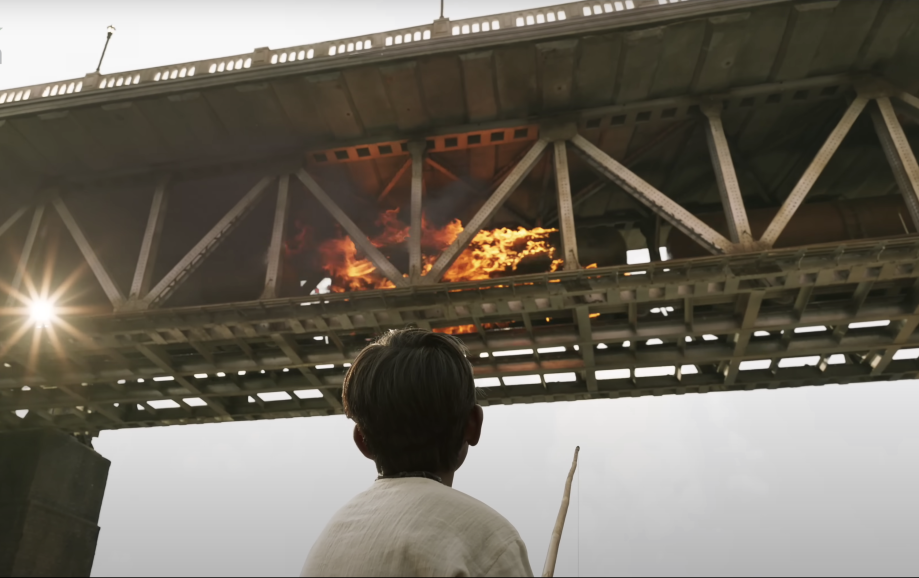
The dramatic train blast was achieved using a miniature train set, enabling the explosion to take place in a controlled, scaled-down environment. Following this, some portions of the blast were filmed using a full-size train track, with the support of the special effects team.
Upon viewing the film, it becomes evident that fire plays a crucial role in the narrative, as evidenced by the characters Raju and Bheem, who are respectively associated with fire and water. This particular sequence, which marks the first encounter between the two protagonists, aimed to symbolise the meeting of fire and water, creating the impression of fire dancing atop the water’s surface.
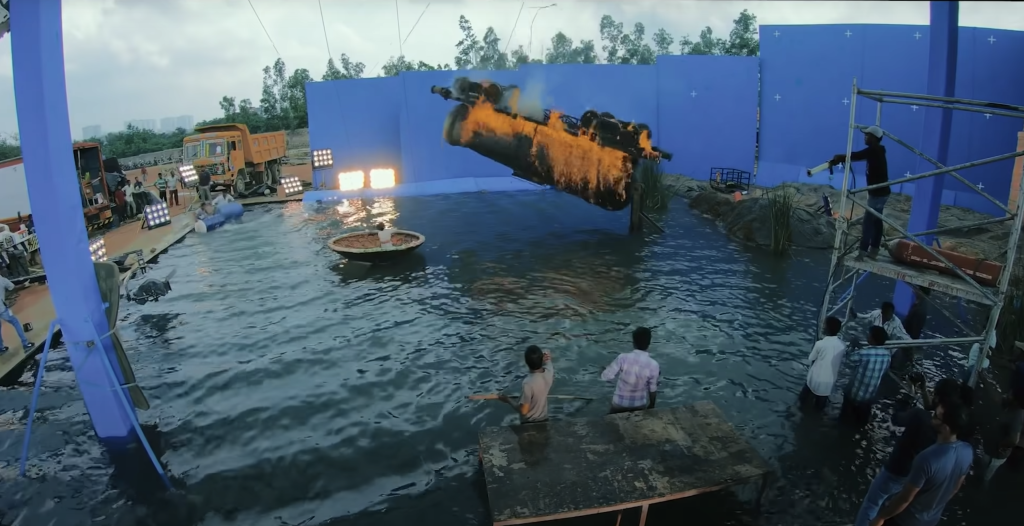
The selected bridge set for the film was notable for its unique dual-level design, incorporating a train track on one level and a pedestrian walkway situated above it. To recreate the atmosphere of being beneath the bridge for specific scenes not filmed in that location, our team hung a large black cloth over the set. This approach allowed light to filter in from the sides, rather than coming from directly overhead.
In order to create a realistic fire simulation, a multitude of lights was utilised during production. Although the fire was later enhanced through computer-generated imagery (CGI), it was essential to reproduce the fire’s impact on the actors on location. Given the outdoor shooting setting, effectively portraying the fire’s intensity was of paramount importance. Dino Lights were employed, connected to a DMX system, and programmed to mimic the fire’s behaviour. Fire gels were also applied to the lights to generate the desired fiery effect on the bridge pillars and other areas. This artificial simulation ensured that the actual fire would appear authentic on screen.
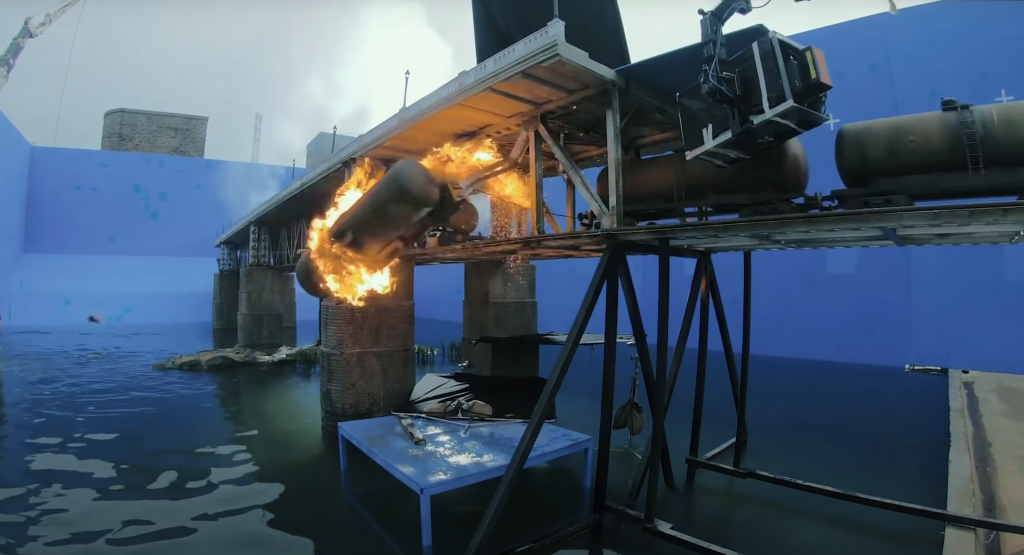
Incorporating fire and water elements into the miniature shots presented significant challenges. Although the scene in question featured a miniature train, the fire particles retained a true-to-life size. The primary challenge was to avoid drawing attention to the fire’s size while skilfully shooting the scene to prevent the audience from realising the fire’s actual dimensions. Similarly, water particles remained consistent in size, whether in a miniature setting or a large water tank. Consequently, when the train plunged into the water, careful consideration was given to the water’s reaction and the appropriate placement of lights. The selection of dramatic camera angles, lens choices, and meticulously employed frame speeds played a vital role in intensifying the excitement and tension of the sequence. We successfully engaged the audience in the heart of the action and fully immersed them in the emotional stakes of the scene.
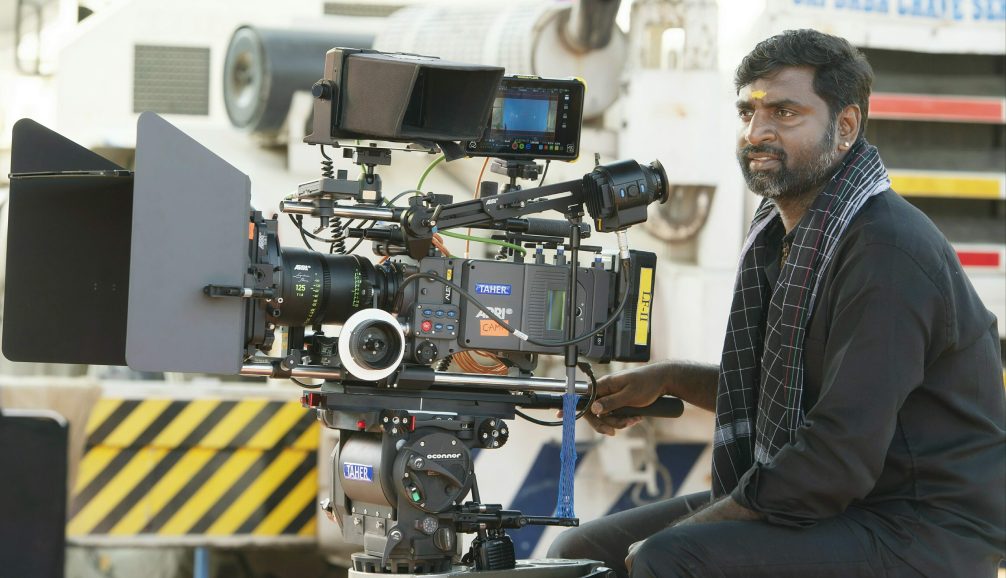
I’m very proud that when you see the sequence, you don’t know if it’s a real-size train or if it’s a miniature. That’s the beauty of it – the audience is completely involved in the storytelling process and is more focused on their emotions rather than worrying about the technicalities. As a cinematographer, it is my responsibility to assist the director in telling the story effectively through my craft, ensuring that the audience remains immersed in the narrative without becoming preoccupied with the technical aspects of the scene’s creation.
We spent 25 days shooting this particular sequence, followed by numerous pickup shots taken four or five months later. I always maintain very detailed notes of every shot I take, including information such as the lens used, the camera, the height or angle of the camera, the ratio of light, and the position of the sun. These notes help me ensure seamless capture whenever I revisit them. I’m really proud of this sequence because we achieved what we set out to do. Initially, we were apprehensive about how we could pull it off, as it required the collaboration of many team members. However, when you see it on screen, it appears so seamlessly that you wouldn’t know if it was shot with a blue screen, miniature or live-action setting. For me, as a cinematographer, this is a significant accomplishment.
